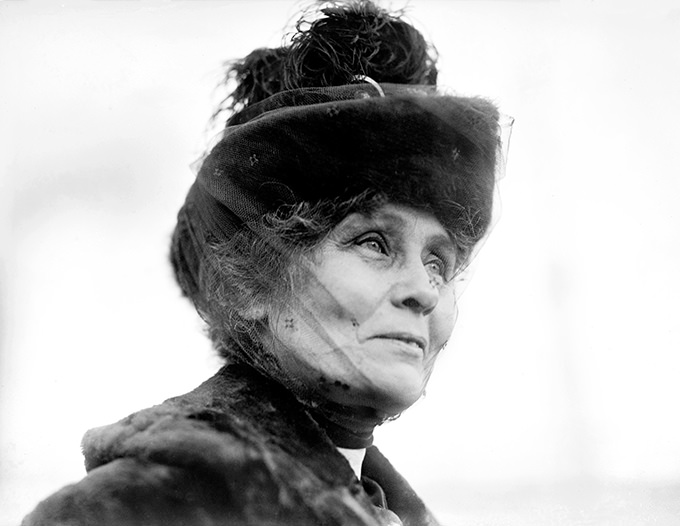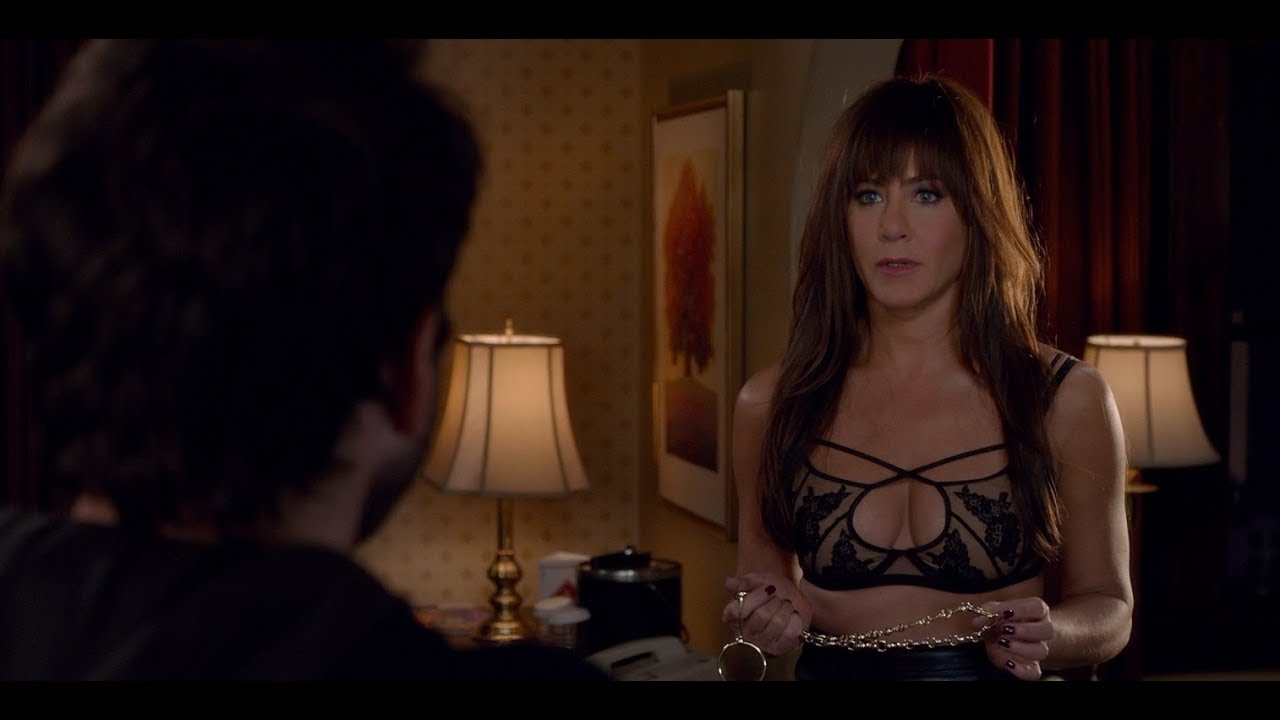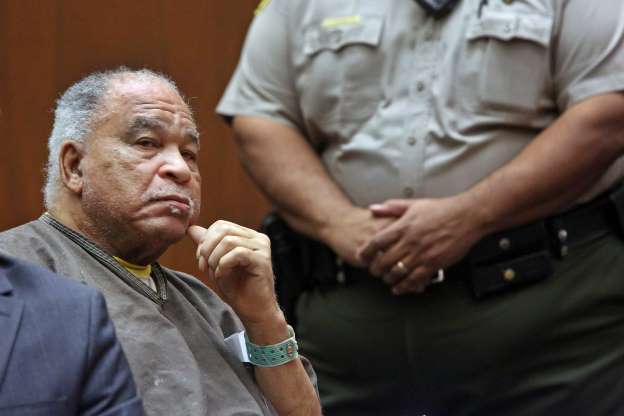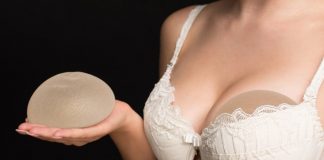
It was less than 40 years ago that Britain acquired its first female prime minister but women have nevertheless made their mark throughout British history. Here are 5 of the most notable.
In an age of celebrities and women’s rights, it is easy to imagine that women have only made an impact on British history in recent years. It’s true that less than 40 years ago Margaret Thatcher became Britain’s first female prime minister, but women have been making their mark in politics, literature, medicine for millennia. What’s more, whether queens or commoners, they’ve achieved their fame without ruling from behind their men-folk. Some, like Nell Gwyn, have latterly come to epitomise the spirit of their age. Others became national treasures in their own lifetime, including Florence Nightingale, the ‘Lady with the Lamp’, who died more than a century ago. As the founder of modern nursing she is sometimes named our national heroine, though many others might have claimed that title in the past 2,000 years.
Below is a list of the 5 greatest women in British history.
Boudicca (died 60/61AD)
First comes Boudicca, warrior queen of the ancient Iceni tribe, who led a rebellion that nearly ended Roman rule in Britain. When the Romans plundered the tribe’s lands in modern-day Norfolk, Cambridgeshire and Suffolk, flogged Boudicca and raped her two daughters, the Iceni rose up. With other tribes, they wiped out the Romans’ Ninth Legion and sacked their strongholds at Colchester, London and St Albans, taking no prisoners (according to Roman historians) and massacring at least 70,000. But it is Boudicca alone, standing tall and Titian-haired in her chariot, who is remembered among the freedom fighters, and honoured with a dramatic statue, arms raised, by Thomas Thornycroft, near London’s Westminster Pier.
Queen Elizabeth I (1533-1603)
If Boudicca is the feistiest figure from Ancient Britain, Elizabeth I is surely the most famous in more recent history. She is also the first of three queens not born to rule but nonetheless outstanding monarchs. She escaped the disgrace of her mother, Queen Anne Boleyn (executed by Elizabeth’s father, King Henry VIII), then survived the politically dangerous reigns of her brother, King Edward VI, and her sister Queen Mary. Eventually inheriting the throne herself, she emerged a powerful ruler, adept at boosting her popularity by ‘progressing’ around the country and playing up her image as “the Virgin Queen” – ¨though her closeness to her “sweet Robin”, Lord Leicester, might suggest otherwise. While many see in her a charismatic queen addressing her troops as they awaited the Spanish Armada, to others she is the evil executioner of Mary Queen of Scots, the woman who should have ruled England, rather than Elizabeth, merely the daughter of the king’s former mistress.
Nell Gwyn (1650-1687)
Of all royal mistresses down the ages, none has graced the job more joyously than “pretty witty Nell”, as Samuel Pepys called her. From an orange girl selling fruit to London theatregoers, Eleanor Gwyn rose to be an actress who caught the eye of the merry monarch, King Charles II, and ended up with a royal pension and a splendid house in Pall Mall. When Nell first made her mark on the stage, London was reveling in the return of the king and court life (in 1660, after the Commonwealth period of Puritan rule), and the spirit of Restoration London is epitomised in her ample-bosomed portrait. High spirits, low birth and earthy humour naturally made her enemies at court, especially among the king’s other mistresses. But, with Charles, she remained a favourite and tradition says that, on his deathbed, he urged his brother to take care of her; just as Lord Nelson begged others to look after his concubine Lady Emma Hamilton.
Jane Austen (1775-1817)
Few lives could be more different from Nell and Emma’s than the morally upright spinsterhood of Jane Austen, our most celebrated woman novelist. The story of her life in rural Chawton and fashionable Bath has been told times over; and her subject, as every reader knows, was the “truth, universally acknowledged, that a single man in possession of a good fortune, must be in want of a wife”. But while Regency London’s high society might be led by libertines, Jane’s demure heroines know full well that even a runaway romance which ended in marriage, like Lydia Bennet’s, brought shame and destroyed her sisters’ hopes of finding husbands. From Pride and Prejudice and Emma to Persuasion, Jane’s final story, it is Jane’s genius to observe, and sometimes satirise, their attention to status, manners and reputation.
Elizabeth Fry (1780-1845)
Mrs Fry may be the least familiar of our famous ladies, but her pioneering work as a prison reformer has long been recognised and still earns her a place here. Born into the Gurney family, her marriage to Joseph Fry united two old and wealthy Quaker families, equally noted for piety and philanthropy, and Elizabeth became deeply involved in charitable work and the Quaker ministry. It was a visit to Newgate jail that opened her eyes to the appallingly squalid conditions women prisoners suffered, crowded together with their children. Thereafter she became a familiar figure, in her Quaker dress and bonnet, prison visiting and reading the Bible. Her campaigning and religious convictions succeeded in reforming prisoners and their conditions, by introducing education, paid employment, female warders, and recognition that all inmates must be treated humanely.













